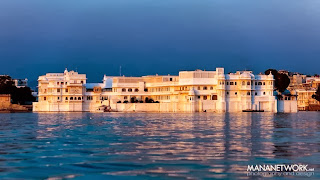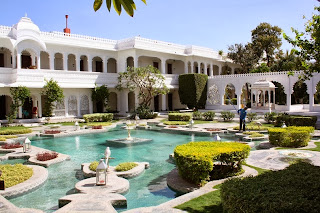The hyperboloid shape of the structure
is called Ještěd Tower a 94 meter-tall television transmitter and hotel
integrated into one, built on the top of Ještěd Mountain near Liberec in the
Czech Republic. It was designed by architect Karel Hubáček who received the Perret´s
Prize of the International Union of Architects for it.
It naturally extends the silhouette of
the hill as well as resists the severe climate conditions on the top of the
hill. In the Tower's lower sections it houses a hotel and a tower restaurant.
It was well built in the middle of 1960s and.
The tower and the mountain are situated
approximately 6 kilometers from the center of Liberec and serves as a leading
attraction in the city.
The monument is accessible by cable car
& by road from the foot of the mountain. The hyperboloid shape tower
consist of two concentric tubes of varying height in diameters of 5m and 13m,
on which individual floors are suspended on a steel structure, starting with
the third story above ground.
On the outer perimeter of the first
floor a glazed gallery opens directly tied in to a spiral access ramp. An
internal annulus of the first floor forms the entrance hall and reception to
the hotel, which is liberated by a suspended staircase leading to an
observation restaurant on the second floor.
The next two floors, clad in aluminum,
are used for accommodation. And on the 3rd floor are 14 hotel rooms for a total
of 56 guests. On the 4th floor fixed for the rooms for employees of the
transmitter and the hotel and two three-roomed flats. However; the area of the 5th
to 7th floors are set aside for the aerials of the transmitting technology.
There is especially developed laminated
cladding, against extreme weather conditions, in the shape of a revolving
hyperboloid. On the 7th and 8th floors there is a tank for drinking water and
battery-operated back-up power supply. The ninth floor contains the lift plant
room. Above it a unique pendulum is installed, whose movement absorbs the
transverse oscillation of the tower?
Jested Tower is a unique piece of
architecture in Europe, Jested-Kozakov ridge, Liberec, Czech Republic. A
variety of cycling and hiking possibilities are available in the near vicinity.
Babylon Water Park is 10 km away, while the Zoo and the Botanical Garden are 15
kilometer away.

























































